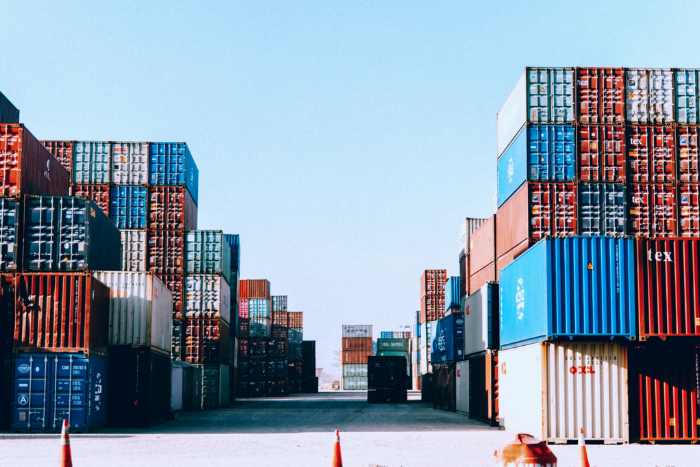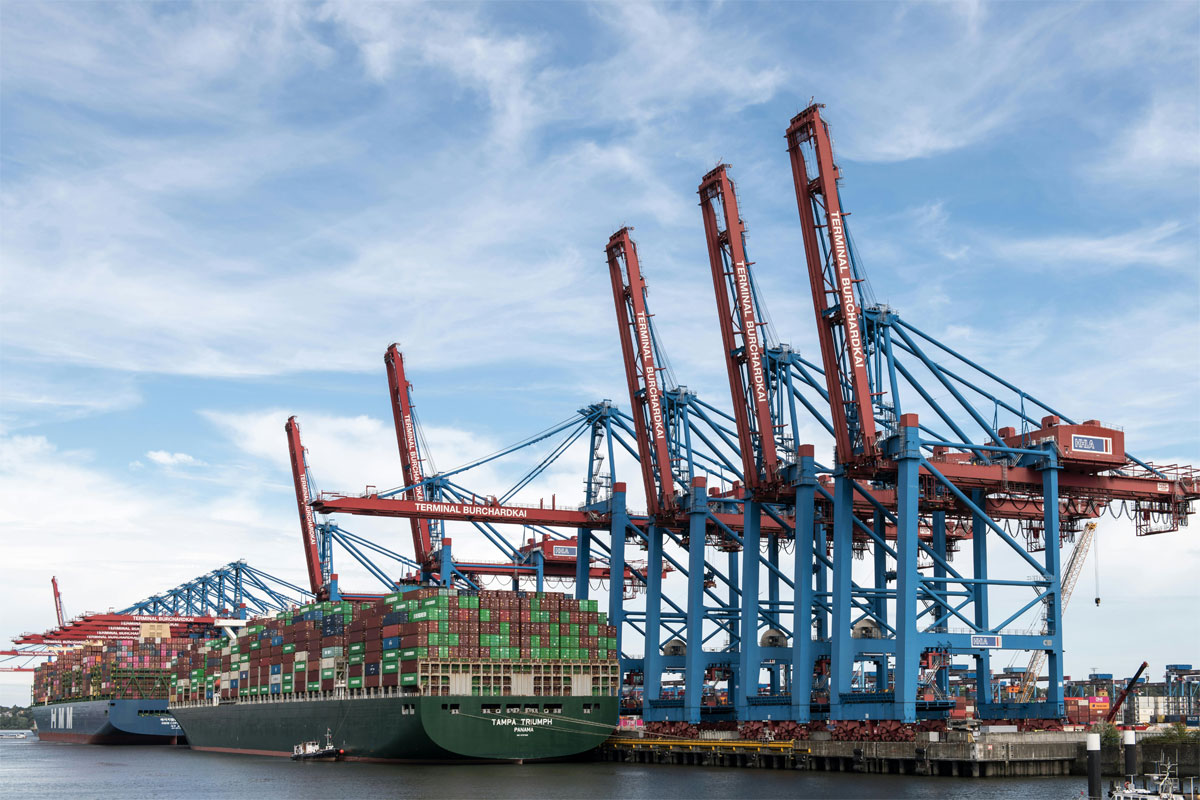The trading world is seemingly awash in boxes, but companies say finding available containers is harder than ever
The shipping container that has been the building block of global trade growth is turning into the latest source of frustration for importers and exporters coping with world-wide supply-chain disruptions.
The steel boxes are harder than ever to find as surging demand to restock inventories and a series of shipping disruptions has left many thousands of containers stranded at sea on ships anchored near jammed-up ports. Still more are stacking up at inland freight hubs in the U.S., Europe and Asia as companies struggle to cope with the cargo flows that at times have overwhelmed their operations.
The result is what Tim Boyle, chief executive of Columbia Sportswear Co., on a recent earnings conference call said is a “container dislocation” that has contributed to skyrocketing costs and complicated efforts to meet resurgent consumer demand.
Containers are essential equipment for global trade, providing the ability to efficiently handle large volumes of consumer goods, apparel, manufacturing parts and other materials across today’s long supply chains.
…
There doesn’t appear to be much that regulators can do in the near term to make more containers available, however, and industry executives and experts say the strains on supply chains are likely to last through the end of the year, providing little hope of relief for shippers.
Ken O’Brien, president of Gemini Shippers Group, a New York City-based cooperative that represents more than 250 companies who buy space on ships, said it is strange there isn’t a pile of containers waiting to be picked from. “You just always thought they were there, and now it’s very much a hand to mouth operation,” he said.
This article was originally published by The Wall Street Journal. To continue reading, visit wsj.com.


